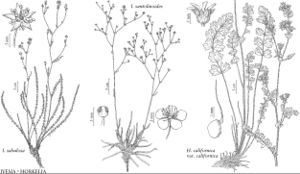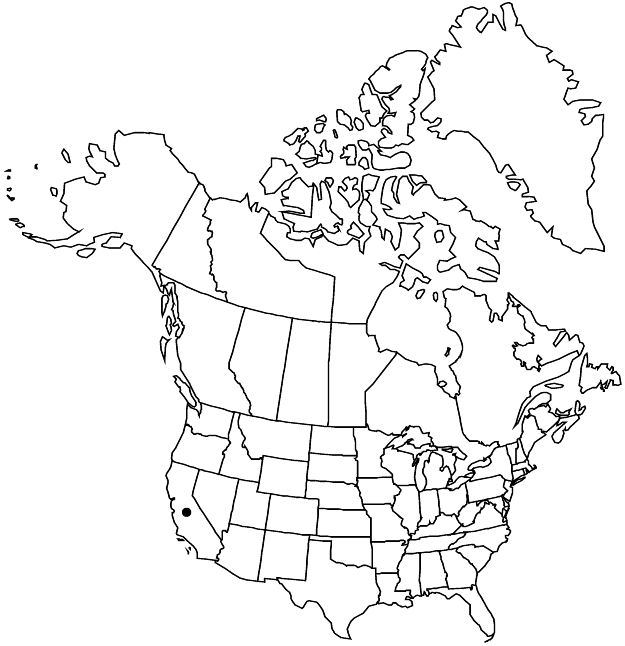Difference between revisions of "Ivesia santolinoides"
Proc. Amer. Acad. Arts 6: 531. 1865.
FNA>Volume Importer |
imported>Volume Importer |
||
| (One intermediate revision by the same user not shown) | |||
| Line 62: | Line 62: | ||
|publication year=1865 | |publication year=1865 | ||
|special status=Endemic;Illustrated | |special status=Endemic;Illustrated | ||
| − | |source xml=https:// | + | |source xml=https://bitbucket.org/aafc-mbb/fna-data-curation/src/2e0870ddd59836b60bcf96646a41e87ea5a5943a/coarse_grained_fna_xml/V9/V9_384.xml |
|subfamily=Rosaceae subfam. Rosoideae | |subfamily=Rosaceae subfam. Rosoideae | ||
|tribe=Rosaceae tribe Potentilleae | |tribe=Rosaceae tribe Potentilleae | ||
Latest revision as of 22:56, 5 November 2020
Plants ± grayish to silvery. Stems ascending to erect, (1–)1.5–4 dm. Basal leaves mousetail-like (individual leaflets scarcely distinguishable), 3–10 cm; sheathing base densely strigose abaxially; petiole 0.5–1.5 cm; leaflets 60–80 per side, 0.6–1.5 mm, lobes (0–)3–5, obovate to oval, densely villous. Inflorescences (10–)30–200-flowered, 3–8(–30) cm diam. Pedicels 5–30 mm. Flowers 5–8 mm diam.; epicalyx bractlets oblong to broadly ovate or orbiculate, 0.2–0.5 mm; hypanthium 0.5–1.5 × 2–3 mm; sepals 1–2 mm, apex obtuse to acute; petals white, broadly obovate to orbiculate, 2–2.5 mm; stamens 15, filaments 1.2–1.8 mm, anthers purple, broadly obcordate to pouch-shaped, 0.3–0.4 mm; carpels 1, styles 2–3 mm. Achenes mottled grayish brown, 1.7–2 mm. 2n = 28.
Phenology: Flowering summer.
Habitat: Dry sandy granitic soil, decomposed granite accumulations, ledges and outcrops, in montane and subalpine conifer woodlands
Elevation: 1500–3600 m
Discussion
Ivesia santolinoides is found on loose granitic substrates in the Sierra Nevada, Transverse Ranges, and San Jacinto Mountains from El Dorado to Riverside counties. The species is easily recognized by its silvery mousetail-like leaves and erect, diffuse inflorescences with small, plumlike flowers.
Selected References
None.

